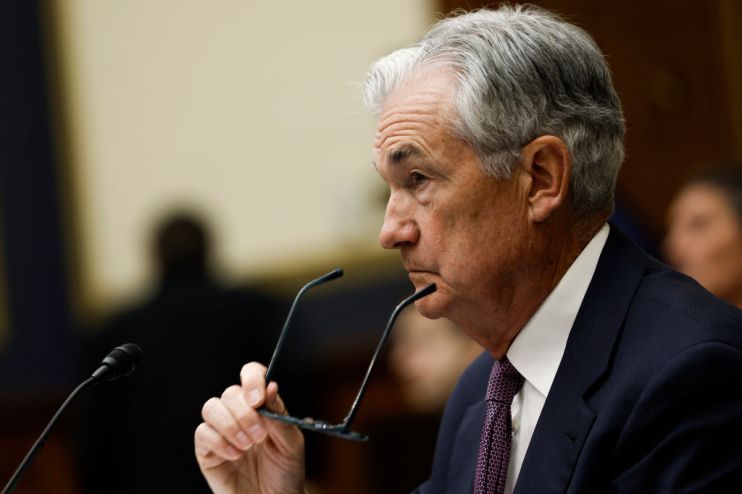US labour market resilient as another ‘hawkish’ Fed rate pause looks nailed on

The US labour market remains resilient despite the US Federal Reserve’s aggressive bout of monetary tightening, new figures out today suggest.
According to the Bureau of Labor Statistics’ JOLTS survey, there were 9.6m job openings on the last day in September – little changed from the month before and ahead of the market consensus of around 9.2m.
Job openings increased particularly fast in accommodation and food services, with 141,000 roles opening. The number of new hires across the economy changed little at 5.9m.
Nancy Vanden Houten, lead US economist at Oxford Economics, said: “Job openings in the JOLTS report edged up slightly in September, and the number of job openings per unemployed remained elevated, signalling still-tight labour market conditions.”
Investors are paying close attention to the US labour market for signs of how the US Federal Reserve’s interest rate hikes are impacting the economy.
While the JOLTS survey pointed to a strong labour market, there were some signs elsewhere that it was beginning to loosen.
According to the ADP National Employment report, private companies hired fewer 113,000 workers in October. This was less than the roughly 150,000 expected by markets but still higher than the month before.
Pay growth was 5.7 per cent in the year to October, the slowest pace of pay growth in two years.
“No single industry dominated hiring this month, and big post-pandemic pay increases seem to be behind
us,” said Nela Richardson, chief economist at ADP said.
The jobs reports come ahead of the Fed’s latest interest rate decision this evening, with markets almost certain that rates will be left on hold.
Policymakers paused their rate-hiking campaign in the last meeting, meaning the federal funds rate stands between 5.25 and 5.5 per cent – its highest level in 22 years.
Finalto’s Neil Wilson said he was expecting a “hawkish pause” with the Fed signalling that it is “ready to do more if required”.
The Fed has embarked on an aggressive monetary tightening campaign over the past 18 months in an attempt to quell rampant inflation. Having peaked at over nine per cent last summer, the most recent consumer price data from the US showed that inflation remained stuck at 3.7 per cent in September.
Despite this the US economy remains remarkably strong. Recent figures showed that the US economy grew at an annualised rate of 4.9 per cent between July and September.
Stubborn inflation and strong growth raises the chances of a rate hike before the end of the year. Currently markets think there is about a 25 per cent change that the Fed will hike rates before the year is out.
Looking into next year markets will be looking for any indication of when interest rates might be cut. The Fed has stressed its determination to keep rates high for as long as necessary to bring inflation back down to target.